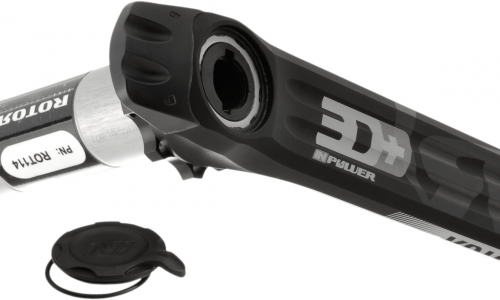When it comes to cycling, knowledge is power. Knowing how to ride, repair, and recover will give you a better experience while on the roads and trails. Not only do you need to be a cyclist, but also a mechanic at times.
One question we often get asked here at Bike Test Reviews is how to use self-adhesive inner tube patches properly. In this article, we are going to be discussing just that by going through our step-by-step guide.
Why Use Self-Adhesive Inner Tube Patches?
When it comes to puncture repair, it’s important to understand your options.
The most popular being patching the inner tube or changing the tube altogether. Why would you choose to patch over replace?
Price
The first reason you will want to patch is the fact it is much cheaper than just replacing the inner tube. Patches are much cheaper than inner tubes and help prolong the life of the inner tube.
Carry Less Spares
When it comes to cycle touring and bikepacking, it’s vital to travel light to make cycling easier for yourself. Inner tube patches are much lighter than carrying lots of tubes. It’s good to have a mix of both.
Can Repair Tyres
There are times when I have seen riders even repair the holes in tires with patches. This is not just great for your standard inner tube systems but also excellent when it comes to tubeless systems.
Interesting Fixes
Although we recommend completely removing the wheel for the perfect inner tube repair, I have seen many experienced cycle repairers go down the route of not even taking the wheel out of the bike when patching a tube.
What Can Be Repaired And What Can’t?
Before we start it’s important to understand what can be repaired and what can’t be repaired with patches. A small hole in a clear patch can be repaired easily.
A large cut or damage near the valve cannot be repaired easily. So, if you feel the hole is too big or near the value, just change the inner tube.
Different Types Of Patch Kits
Before continuing, it’s good to understand that there are different types of patch kits available. The first is what I would call a classic patch kit. This is where you get chalk, glue, patches, and sandpaper.
A more modern version of this is a pre-glued patch kit. This is where you just have the patch and sandpaper, and that’s all you need. Self-glued patches are much easier to use and tend to be much better.
How To Use Self Adhesive Inner Tube Patches
Now for the exciting part. Let’s run through how you can use self-adhesive patches to properly patch an inner tube.
Step One: Remove The Wheel, Tire, And Tube
The first step after having a puncture is to remove the wheel from the bike. You can do this by releasing the quick release or thru-axle and letting it fall out the dropouts.
It is probably best to do this with the bike upside down on the grass if possible.
Then, once the wheel is out, check the tire to see if you can find what caused the punctures. If you can find the area where the problem was, then you can find it easily when you take the inner tube out.
Now, get the inner tube out and place it on the side.
Step Two: Locate And Patch
Next, we are going to start patching the inner tube. So, with the inner tube out, locate the hole inside it.
Sometimes, you will find it visually. If not, pump it up and listen for air coming out, or hold it underwater to see where the air leaks out. You can mark it with a crayon here.
Now, we are going to patch the hole. You will need to use the sandpaper to scratch where the hole is and around it. Now, either using a self-adhesive patch or glue and a standard patch, cover the hole and press tight.
Step Three: Insert Tube And Pump
Finally, we are going to now get the inner tube back in the tire, but it’s important to make sure the flint, thorn, or nail is removed from the tire that caused the issue in the first place. Make sure to add a small bit of air before inserting the tube back into the tire when on the wheel.
Once in, seat the other side of the tire and then pump it up to the correct PSI, which is recommended. Then reinsert the whole and then you are done. You have successfully patched an inner tube.
A Final Note
When it comes to bike repair the most common issue you are going to have is punctures. The easiest fix to this is to either change the inner tube or use a patch kit, as we have discussed in this article.
Now you know how to patch an inner tube.

Robbie Ferri has spent years working in a bike shop, has worked with industry leading brands on product creation, has been a semi pro athlete, and is a fully qualified strength and conditioning coach. He has broken World Records, bikepacked all over the World and raced ultra distance at a top-level.







